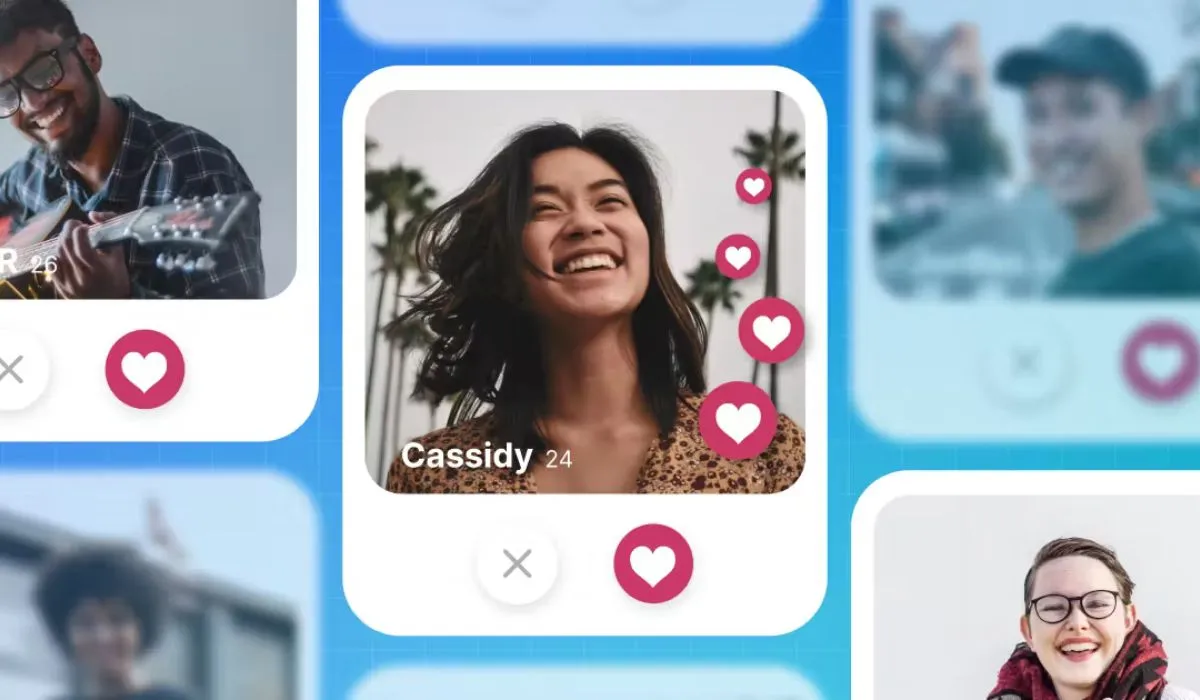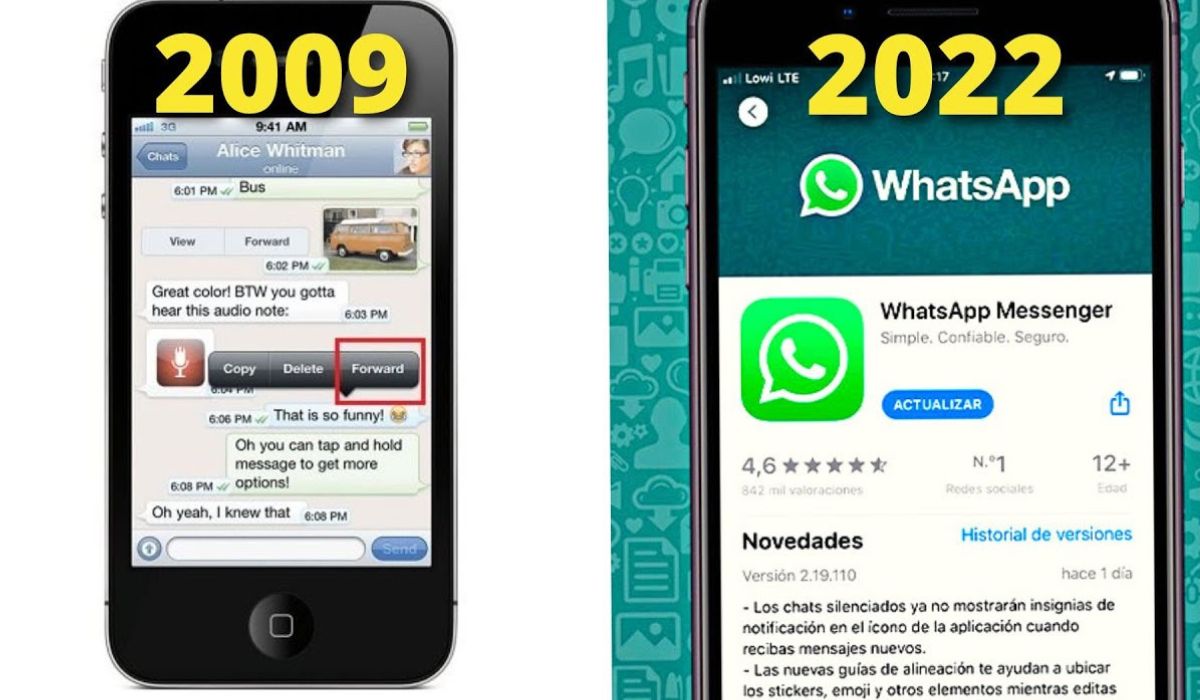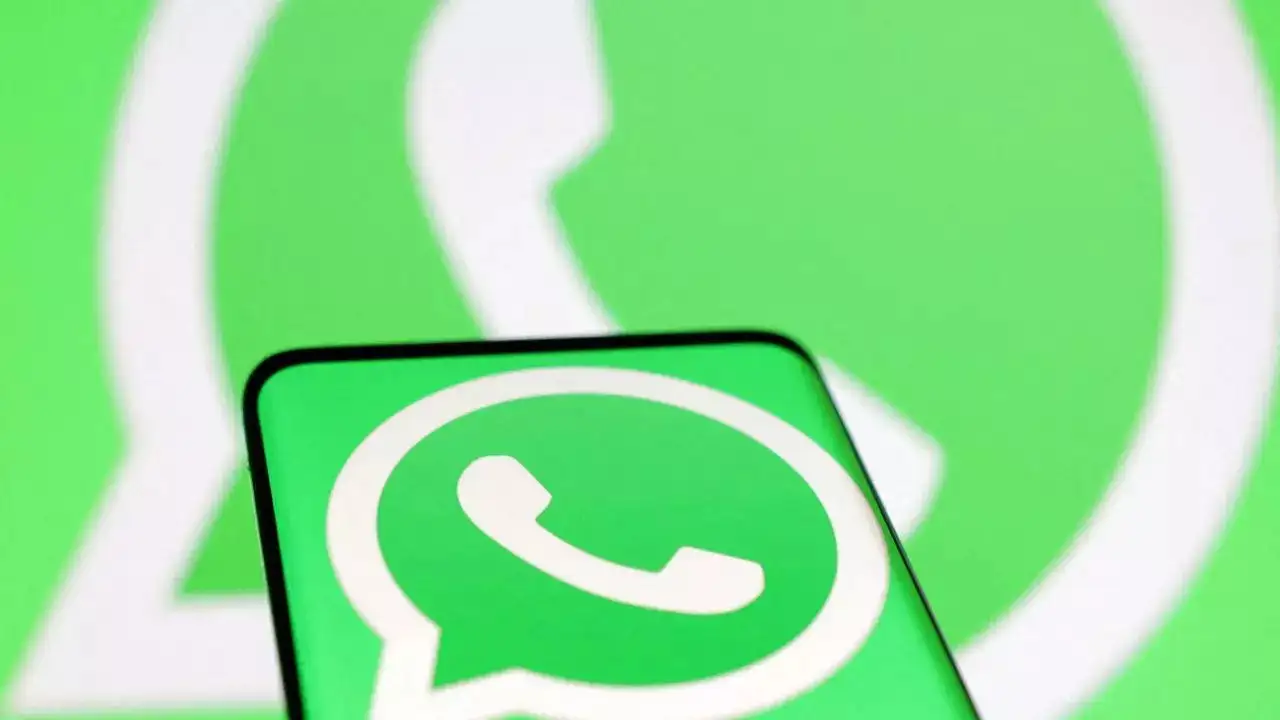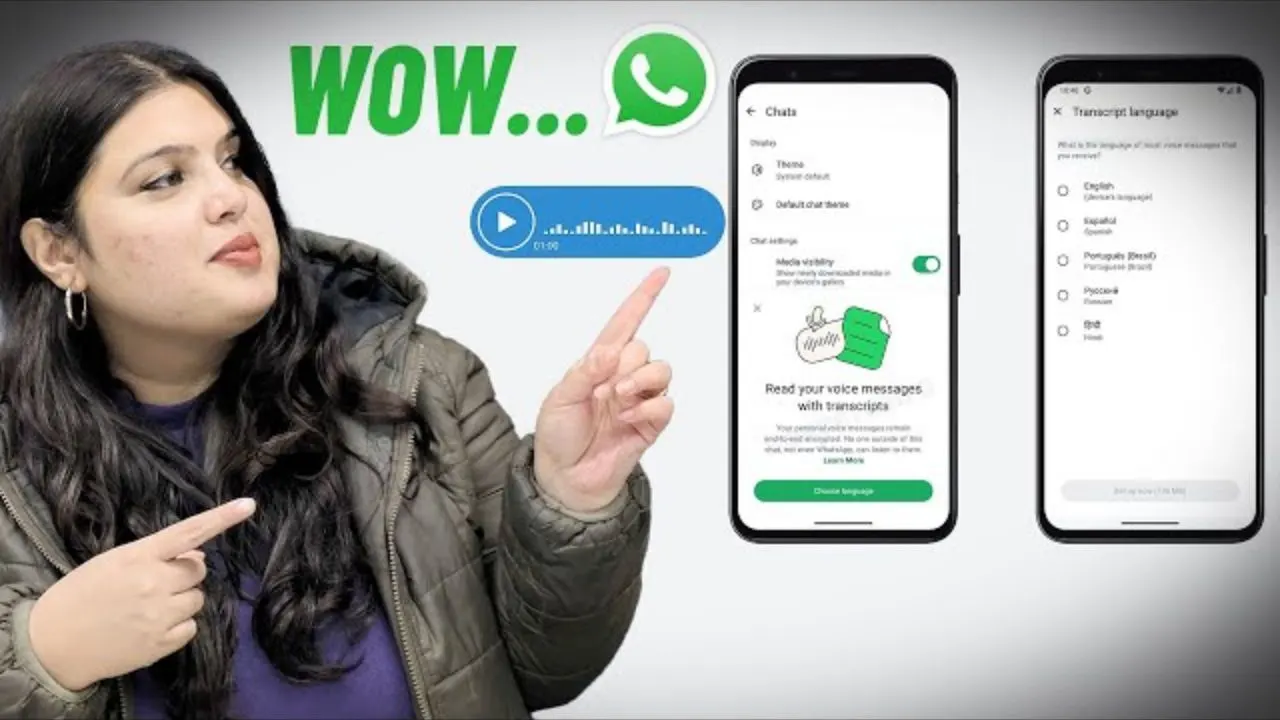The world of online dating is evolving rapidly, driven by technological advancements and shifting user preferences.
In 2025, dating apps are no longer just about swiping left or right; they’re about creating authentic, meaningful connections through innovative features and a focus on user experience.
Whether you’re seeking a lifelong partner, a casual connection, or a niche community, the dating app landscape is adapting to meet diverse needs. Here’s a deep dive into the top dating app trends of 2025 that are reshaping how we find love and connection.
1. AI-Powered Matchmaking for Precision and Personalization
Artificial intelligence (AI) is revolutionizing dating apps by offering smarter, more tailored matchmaking. In 2025, 60% of daters use AI-driven tools, which analyze user behavior, preferences, chat patterns, and even bio keywords to suggest highly compatible matches. For example, Bumble’s “Best Bees” feature curates matches based on shared interests like music or hobbies, reducing swiping fatigue and increasing compatibility by 30%, according to a 2024 OkCupid report. Hinge also leverages AI to pair users with similar passions, such as book lovers, sparking
more engaging first conversations.
Why It Matters: AI eliminates the guesswork, delivering matches that align with your values and lifestyle. This trend is especially popular among Gen Z users, who prioritize mental health compatibility and authenticity, per a 2024 Hinge report.
Example: Imagine a Tinder user getting matched with someone who shares their love for indie music, leading to a virtual concert date. AI makes these connections feel natural and meaningful.
2. Virtual and Augmented Reality (AR) Dates
Virtual experiences are taking center stage as dating apps introduce immersive features like virtual date spaces. In 2025, platforms like Tinder are rolling out AR-powered virtual dates, allowing users to “meet” in digital environments, such as a virtual coffee shop or park, without leaving home. These features cater to users who prefer low-pressure, safe ways to connect before meeting in person, especially for those working remotely or living in different cities.
Why It Matters: Virtual dates bridge geographical gaps and offer creative ways to bond, like cooking the same meal over a video call or playing online games together. This trend fosters a sense of intimacy while prioritizing safety and convenience.
Example: A couple on Bumble could have a virtual dinner date, ordering the same takeout and chatting via video, replicating the restaurant experience from their own homes.
3. Eco-Conscious and Value-Driven Dating
Sustainability is a growing priority, and dating apps are reflecting this shift. In 2025, apps like OkCupid and Soulmatcher allow users to filter matches based on eco-friendly values, such as recycling habits, plant-based diets, or passion for outdoor activities like hiking. A 2023 Bumble survey found that 70% of singles seek partners with shared values, including environmental consciousness, making this a key trend.
Why It Matters: Eco-conscious dating appeals to users who want to align their romantic lives with their ethical beliefs, fostering deeper connections through shared priorities.
Example: A user on OkCupid might match with someone who loves sustainable living, leading to a “green date” like a hike or a visit to a local farmer’s market.
4. Micro-Connections for Low-Stakes Bonding
Micro-connections—brief, meaningful interactions like sending a meme, voice note, or quick video—are gaining traction. According to Tinder’s 2024 Year in Swipe, 30% of singles value these low-pressure exchanges, which allow users to connect authentically without committing to lengthy chats. Apps like Hinge and Bumble are emphasizing features like voice prompts and video responses to facilitate these interactions.
Why It Matters: Micro-connections reduce the pressure of traditional messaging, appealing to users who want to build rapport gradually. This trend is particularly popular among younger users seeking authentic, low-stakes bonding.
Example: A Hinge user sends a funny meme as a conversation starter, leading to a playful exchange that sets the stage for a deeper connection.
5. Enhanced Safety and Privacy Features
Safety remains a top concern, with 91% of U.S. women wanting stronger in-app safety controls, per a 2024 MU-IQ benchmark. Dating apps are responding with features like photo verification, panic buttons, and private-detector AI, which Bumble uses to score 52% in perceived safety compared to Tinder’s 37%. Grindr’s “Right Now” real-time consent cues and profile identity verification are also gaining traction, with 25% of users engaging with these features weekly.
Why It Matters: Robust safety measures build trust, encouraging users to engage confidently. This is especially crucial for vulnerable populations, such as women and LGBTQ+ users.
Example: A Bumble user feels secure knowing their match is photo-verified, reducing the risk of catfishing and making them more comfortable planning an in-person date.
6. Niche Communities and Inclusive Platforms
Dating apps are catering to specific demographics and relationship styles, from faith-based platforms like Christian Mingle to apps like HER for LGBTQ+ women and Feeld for non-monogamous daters. Hinge and OkCupid offer robust filters for orientation and relationship status, making them ideal for diverse dating pools. Soulmatcher, a newer app, combines AI with personality insights to create deep connections for niche audiences.
Why It Matters: Niche apps provide tailored experiences, ensuring users find communities that resonate with their identities and preferences, whether they’re seeking queer, polyamorous, or faith-based connections.
Example: A user on HER connects with other queer women for a virtual community event, fostering a sense of belonging before pursuing romantic connections.
7. Video Dating and Pre-Meeting Connections
Video dating is surging, with apps like Hinge and Bumble offering video prompts and virtual dating badges to encourage pre-meeting connections. A 2024 Hinge report notes that 35% of users prefer in-person dates but value video chats to build trust beforehand. This trend reduces ghosting and helps users gauge chemistry early.
Why It Matters: Video dating bridges the gap between virtual and in-person interactions, offering a safe way to assess compatibility before committing to a physical meetup.
Example: A Hinge user engages in a video call with a match, using creative icebreaker prompts to spark a lively conversation, setting a positive tone for their first date.
8. Gamification and Interactive Features
Gamification is engaging younger audiences, particularly Gen Z, who seek lightweight, fun experiences. Apps like Tinder and Hily incorporate virtual gifts, interactive tasks, and zodiac compatibility checks to make dating feel like a game. PURE, a platform for anonymous connections, saw a 52% download increase in 2025 due to its gamified, no-strings-attached model.
Why It Matters: Gamified features make dating apps more engaging, reducing app fatigue and encouraging users to stay active on the platform.
Example: A Tinder user sends a virtual gift to a match, sparking a playful interaction that leads to a deeper conversation about shared interests.
Challenges to Watch
While these trends are exciting, they come with challenges. A 2024 Psychology Today study found that 45% of users feel overwhelmed by feature-heavy apps, risking disengagement. Premium features, like Hinge’s $50/month plan, exclude 40% of lower-income users, per a 2025 Cloudwards study, reducing inclusivity. Overuse of virtual features can also delay in-perso
n meetups, with 35% of users preferring real dates, per a 2024 Hinge report. Balancing virtual and real-world interactions is key to leveraging these trends effectively.
Tips for Navigating Dating Apps in 2025
- Be Authentic: Craft a profile that reflects your true self, using voice notes or video prompts to showcase your personality.
- Prioritize Safety: Use apps with robust verification and privacy features to protect yourself from scams or catfishing.
- Explore Niche Apps: If you have specific preferences, try platforms like HER or Christian Mingle for tailored experiences.
- Embrace Virtual Dates: Use video chats or AR features to build trust before meeting in person.
- Set Realistic Expectations: Approach dating apps as tools for meeting new people, not as a guaranteed path to a soulmate. Trust your instincts after initial conversations.
Conclusion
The dating app landscape in 2025 is vibrant and innovative, driven by AI, virtual experiences, and a focus on authenticity, safety, and inclusivity. From eco-conscious matching to gamified interactions, these trends cater to diverse user needs, making online dating more engaging than ever.
By staying informed and using these features strategically, you can navigate the digital dating world with confidence, turning virtual connections into meaningful relationships. Whether you’re swiping on Tinder, exploring niche communities on HER, or planning a virtual date on Bumble, 2025’s dating apps offer endless possibilities for finding love and connection.




